Directed by Adam Loften and Emmanuel Vaughan-Lee, audiences can screen The Atomic Tree on the Planet Classroom Network (curated by Global Oneness Project) this month.
The Atomic Tree is a 10-minute virtual reality journey into the memories of a 400-year-old Japanese White Pine bonsai tree, known as the Yamaki tree, that witnessed and survived the nuclear blast in Hiroshima. The film invites us to explore stories across time held together in the tree’s leaves and the rings of its wood. Audiences are able to travel through Japan’s ancient cedar forests, a sacred Buddhist monastery, the Yamaki home in Hiroshima, and the botanical garden in Washington D.C. This is a story of survival and renewal – so what can we learn from it about the challenges we face in today’s world?
The Global Search for Education is pleased to welcome Adam Loften.
Adam, The Atomic Tree is about a 400-year-old Japanese White Pine bonsai that witnessed, and survived, the atomic blast in Hiroshima. Do you believe your film is especially relevant to the global challenges we are seeing around the world today?
In the most unfortunate way, this film could not be more relevant as Russia invades the sovereign nation of Ukraine and the question of if we will face another nuclear war is once again at the forefront of global society’s consciousness. The devastating bombing of Hiroshima on August 6, 1945 was the first time an Atomic Bomb was used in warfare and ended an estimated 80,000 human lives and an unknown number of non-human species lives in an instant. The emotional impact of that moment still ripples through the world today but many of the memories and lessons of that time have been forgotten. The story of this fragile yet resilient bonsai tree that is dependent upon human care and nurturing is not only a reminder of our need to be protectors of the non-human world but is also an active symbol of forgiveness and the potential for healing. This 400-year-old Japanese White Pine and many other trees hold memories of a world before the industrial revolution, the atomic age and the human-caused climate crisis. Life is resilient but if we are not in a relationship with the natural world, we won’t understand the actual rate of destruction and suffering of our current moment.
What lessons did you learn in the creation of The Atomic Tree?
I have always believed that everyone has a story to share and we often just need to know how to ask the right questions and how to listen to receive them. Pursuing the story of a tree was a new experience for me but it opened up my conciseness around how much the natural world has witnessed and withstood. Trees are an opportunity to understand locations throughout the deep timeline of their lives. They are time capsules and indicators of the health of the places we call home. The Yamaki Pine bonsai tree was a quiet gift of peace that showed healing the wounds of war is possible. Small trees like this ancient bonsai and the giant Coastal Redwoods I grew up under are easy to revere, but I now notice the less obvious and beautiful trees in life and wonder about the experiences they have had or are currently experiencing. I think about my impact on them and am grateful for what they offer my life.
How did VR/360 enhance the storytelling? What do you think it added for the audience?
The power of VR/360 to immerse the audience in a space is the reason we chose this medium for the story of the Yamaki Pine. We wanted audiences to experience the life of this tree in the places it once lived in Japan and where it resides today in Washington D.C. We also wanted to help you enter a non-human perspective, and when you are in a VR headset, it is almost like you are disembodied and then re-embodied as a ghost within the story. Hopefully, this helped the audience disappear and fully enter the 400-year journey of the Atomic tree.
What do you want viewers to take away after watching your film?
I hope viewers leave with a curiosity to better understand the stories held within the natural spaces they call home and hopefully build a deeper relationship with the non-human world.
You’ve been committed to experimenting within the medium of VR and creating cinematic experiences for global learning. What other projects are you most proud of? What are you working on next?
Within the medium of VR, I’m incredibly proud of my work with the WisdomVR project whose goal is to create a living library of immersive cinematic experiences and an open-source, global educational platform. In each WisdomVR experience, subjects share their unique life experience, philosophy and ideas in personally connected and immersive locations that bring the story to life. Recently, we just finished a pilot educational program with a group of Indigenous Michif language keepers from the Metis people of Canada. We partnered with them to provide 360/VR documentation tools and training so they can preserve place-based and cultural wisdom by creating virtual reality time capsules that allow future generations the ability to see and hear the unique traditional and ecological knowledge of their people.
C.M. Rubin and Adam Loften
Directed by Adam Loften and Emmanuel Vaughan-Lee, don’t miss The Atomic Tree, curated by Global Oneness Project, on the Planet Classroom Network this month.

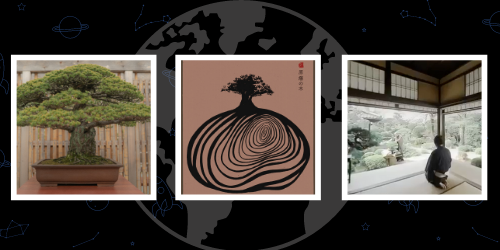
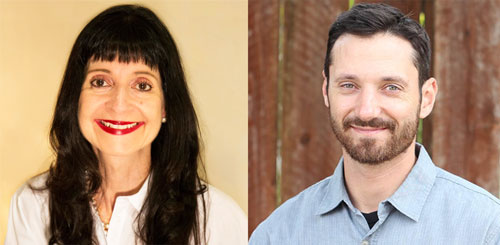
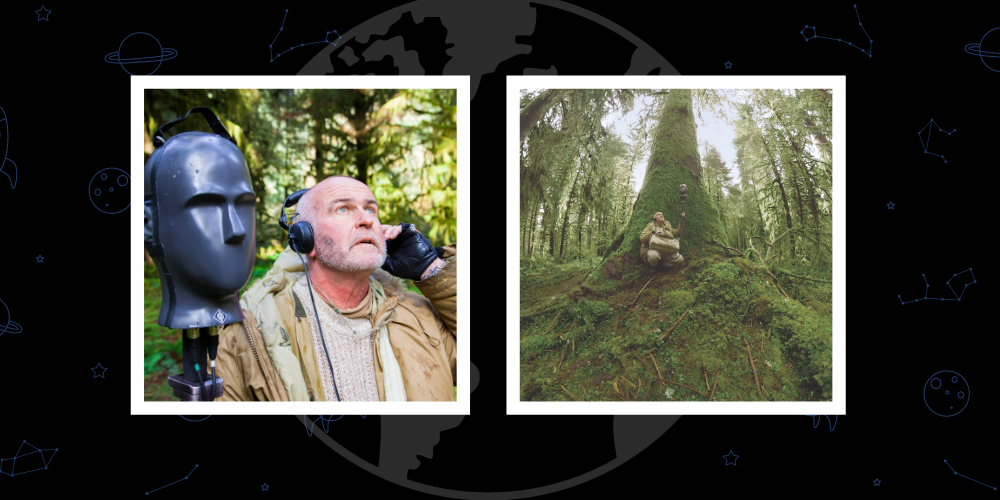

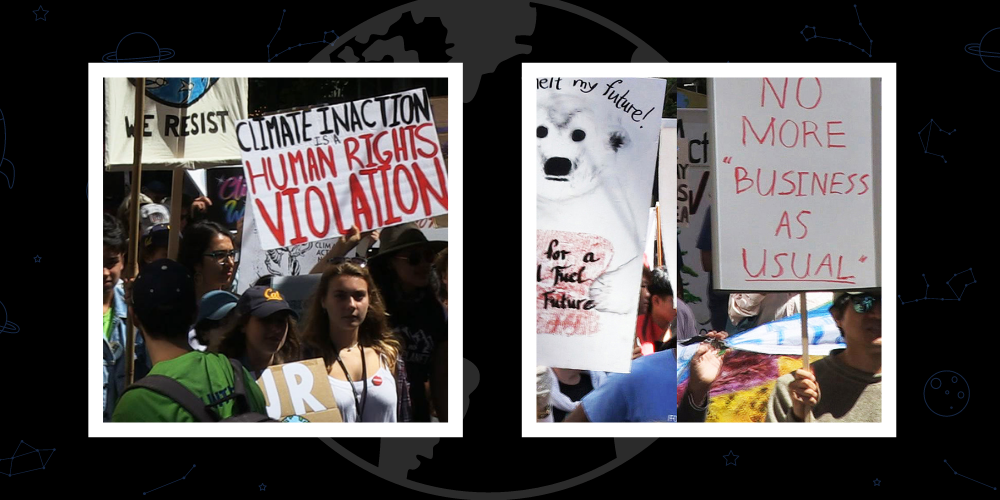
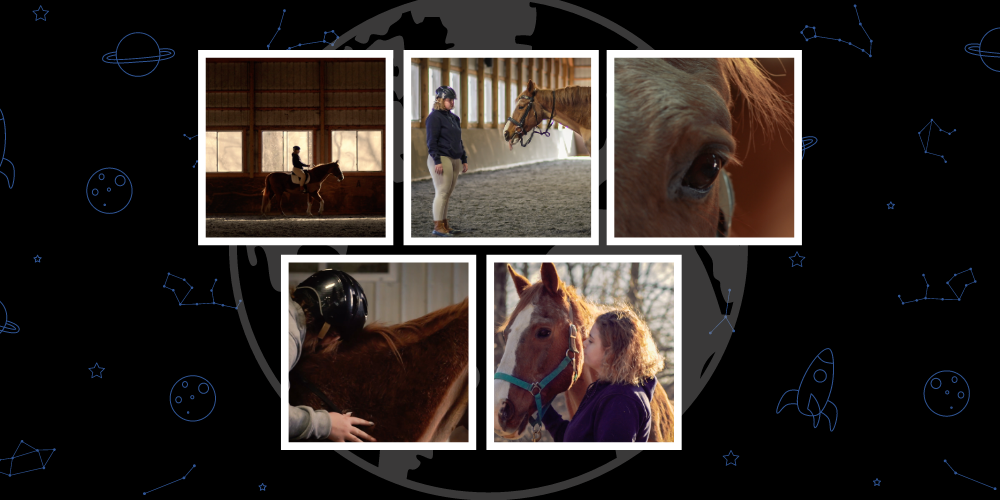
Recent Comments